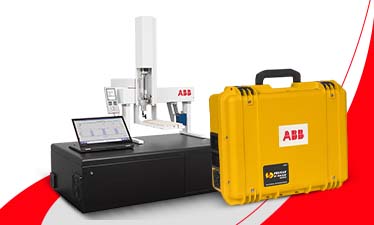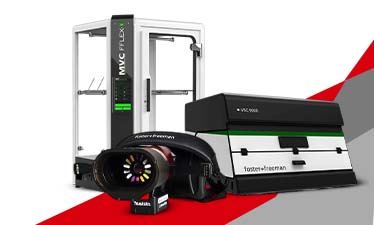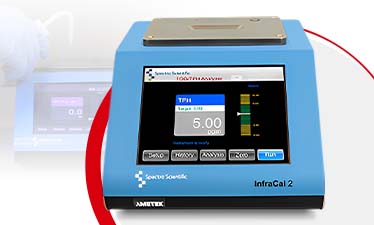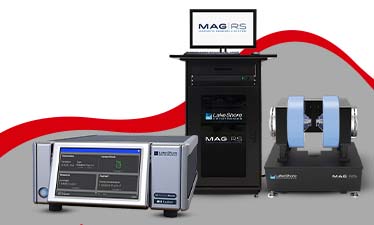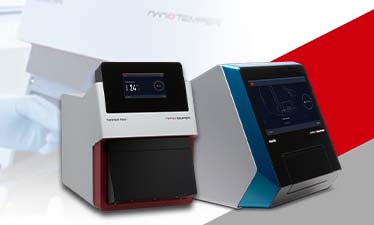Everything You Need to Know About Materialography
The study of purely metallic materials is known as mettalography and the qualitative and quantitative analysis of microstructure of these materials is termed as Materialography. It is an integral part of material science where the structure of ferrous and non-ferrous materials is studied.
Within this field, different techniques are applied for revealing the microstructural features of metals. The application of mettalography can be traced back to the period of the 19th century when UK-based scientist Henry Clifton Sorby pioneered his work on modern manufactured iron and steel.
Over the centuries, the materialography field of study developed immensely and today many advanced solutions contribute in this very particular field. Continue to read more to find out more about materialography and everything related to it.
How does Materialography work?
The initial step of this work procedure involves sample preparation. The expert has to prepare material samples in order to carry out microscopic examination of crystalline structure.
For efficient representative observation of the material structure, a scratch-free polished section along with a smooth and sharp sample surface is produced. Avoiding deformation, scratches or smearing are important criteria during sample preparation.
This is why it is significant to deploy precise working by using high-quality polishing, grinding and cleaning agents. Typically, the material scientists are needed to have an extensive knowledge of material properties, production and processing as well. This enables them to avoid any error during the preparation process and structural analysis step as well.
Varied fields of Application
The use of materialography is applied in the fields of quality assurance, research and development and even in failure analysis. The microscopic examination of the materials offer vital outcomes for production conditions and therefore, help in assessing production procedures.
With its application, scientists can also shed light on the scenarios of failures. Moreover, the application of materialography results in building the basis for developing new materials which are adapted optimally to their individual operating conditions.
Materialography solutions – Compression Mounting
Compression mounting is one of the solutions coming from the domain of materialography. It is an effective mounting technique that offers better specimen edge retention in comparison to cast able mounting resins.
Compression mounting techniques have several unique characteristics and they are –
- Convenient medium to hold the specimen.
- Offers a standard base to mount multiple sample specimens.
- Offers suitable orientation for specimens.
- Offers protection for the edges.
- Offers the ability to store and label the specimens.
The production stage can be carried out quickly and seamlessly with the compression mounting technique that requires a maximum seven minutes for curing the appropriate mounting temperature.
Maximum time needed within the compression mounting technique happens during the heating and cooling cycles.
So, if you are looking for an efficient compression mounting machine then make sure to consider its maximum heating temperature feature and how closely the heater and water cooler are linked with the mold assembly.
Get in touch with the best materialography solution supplier for choosing the best options.




